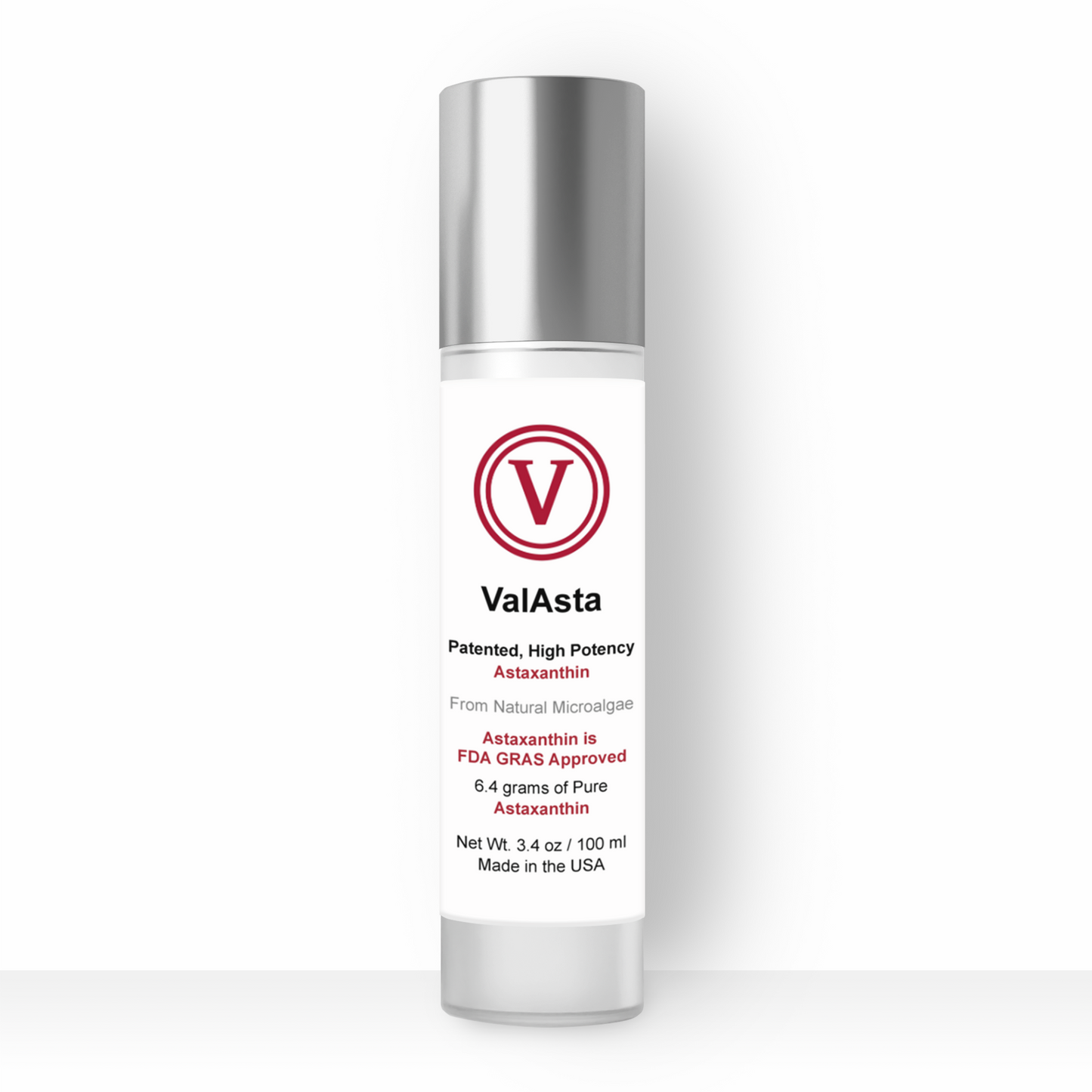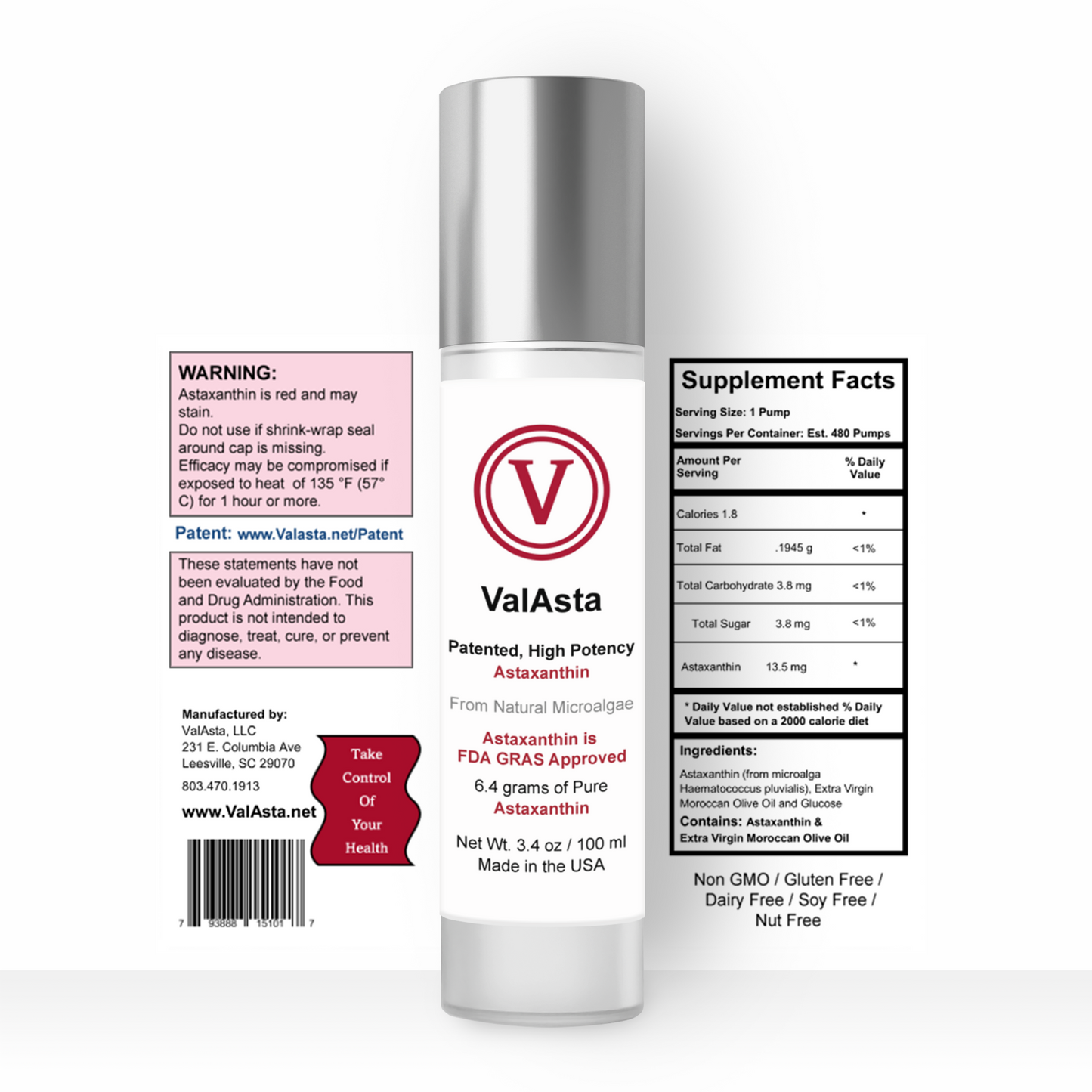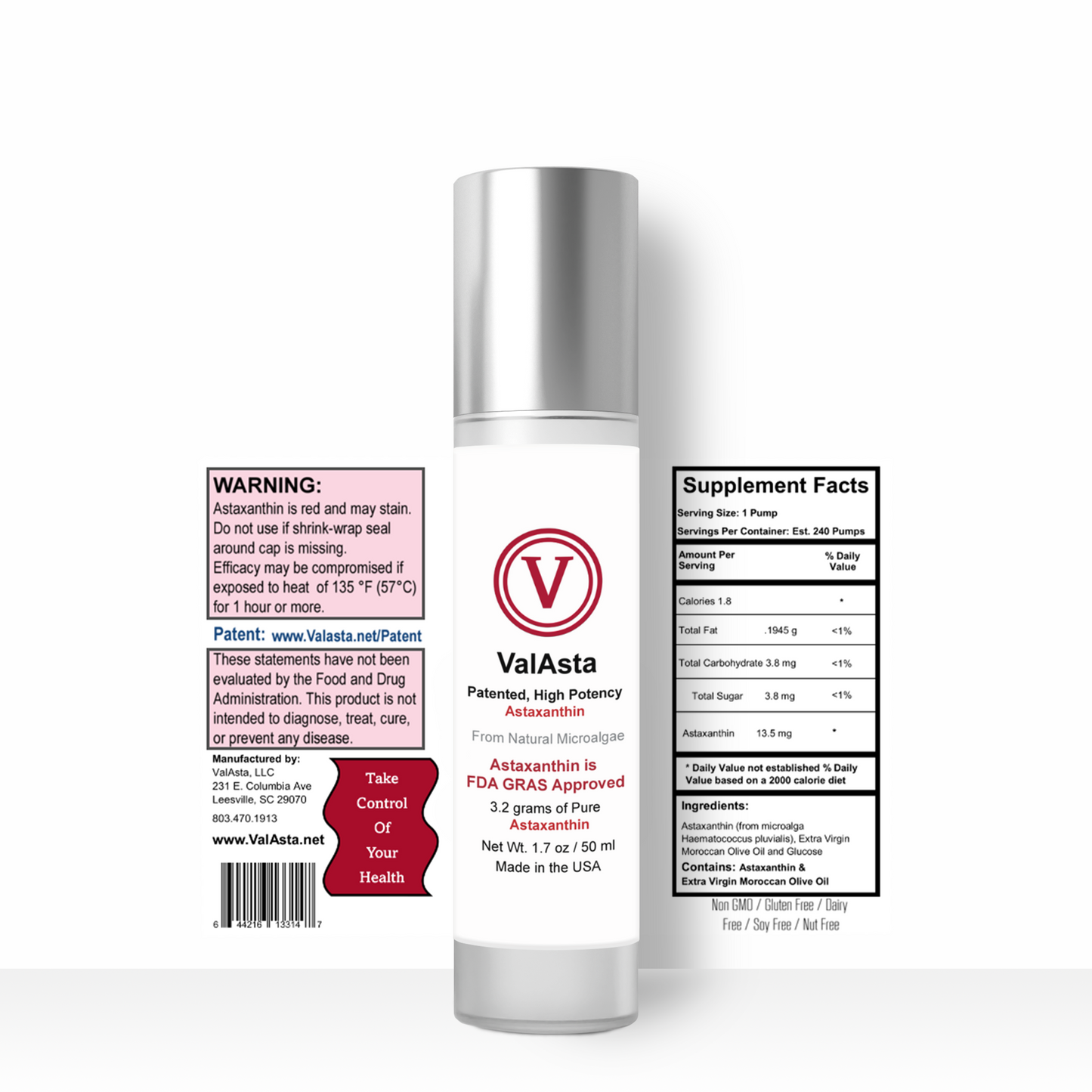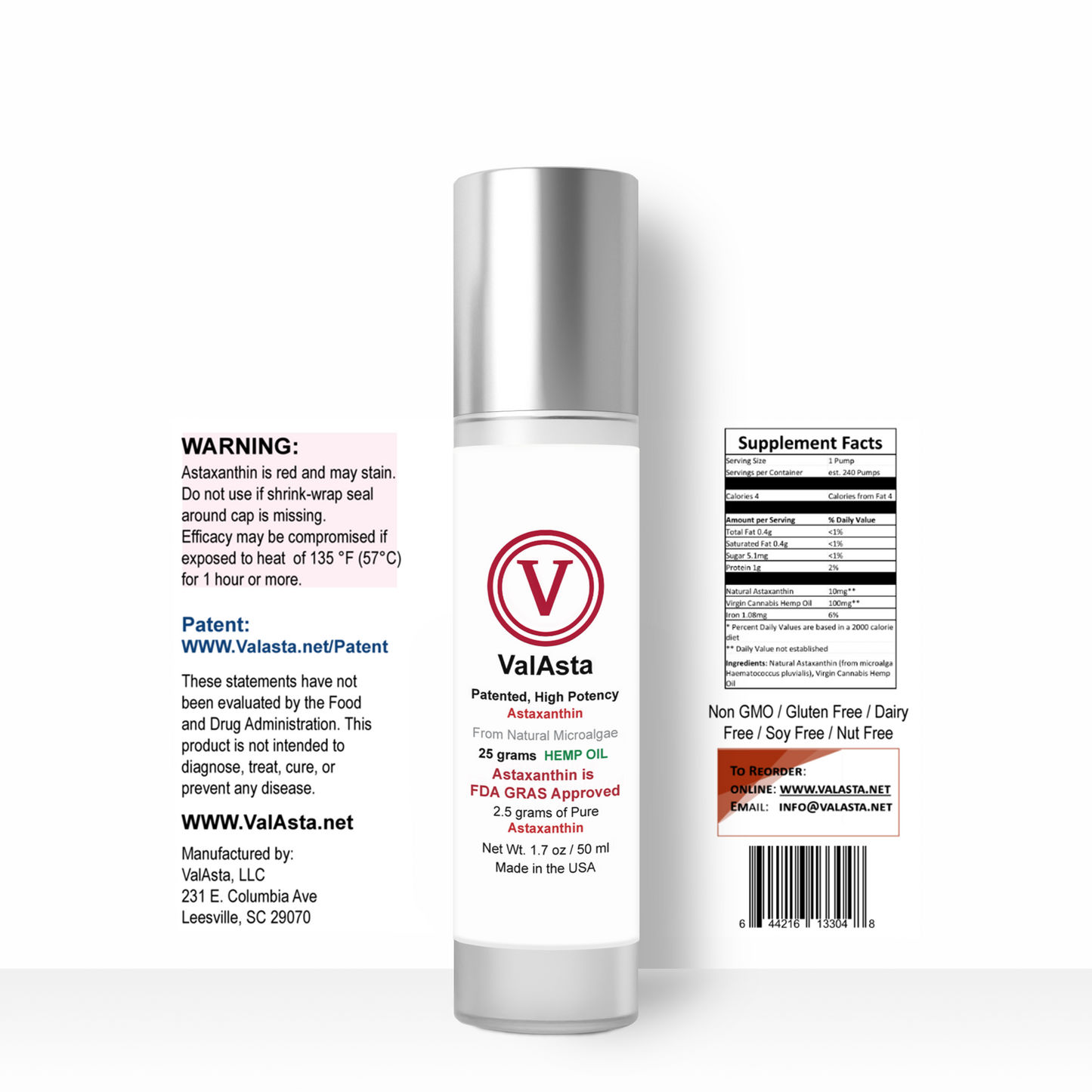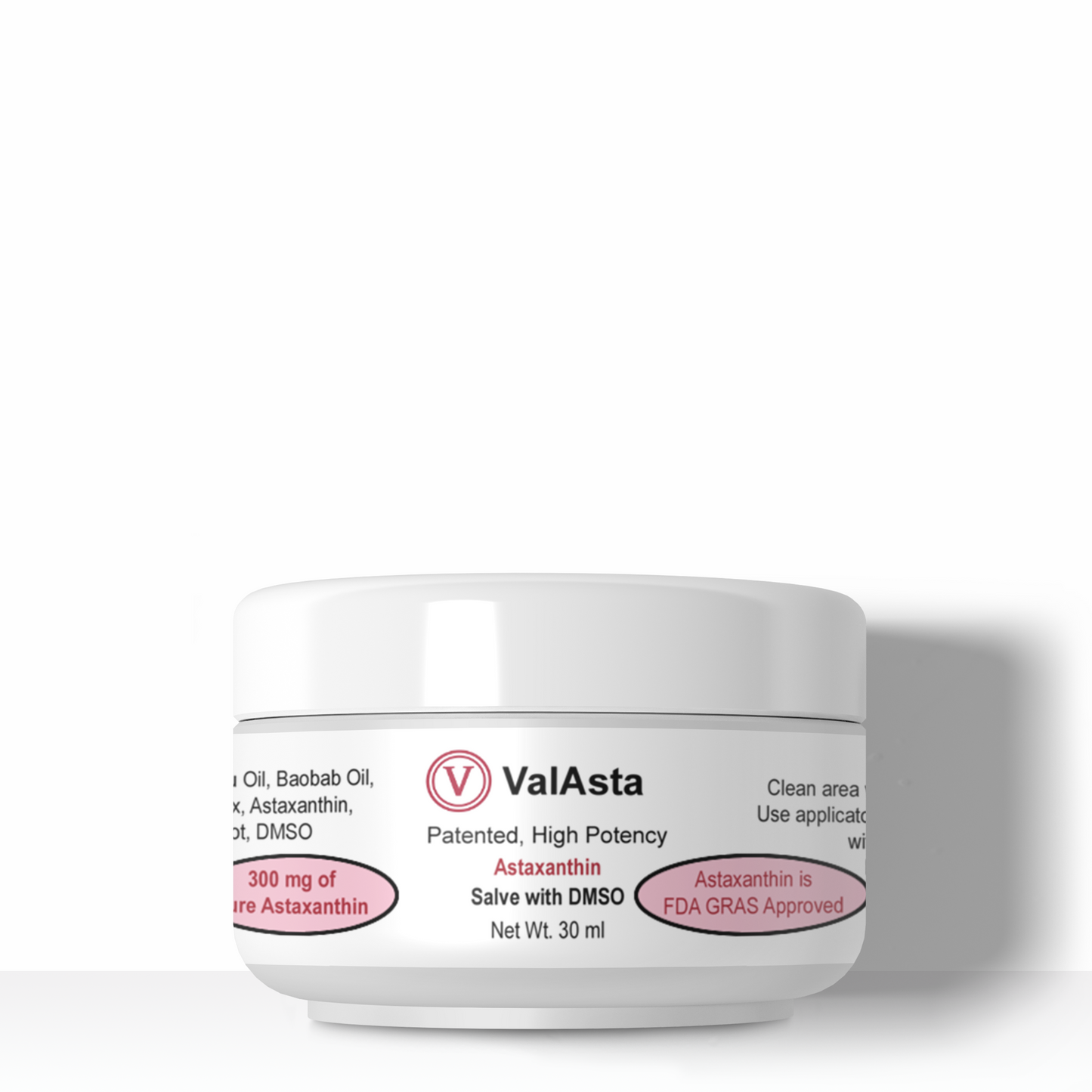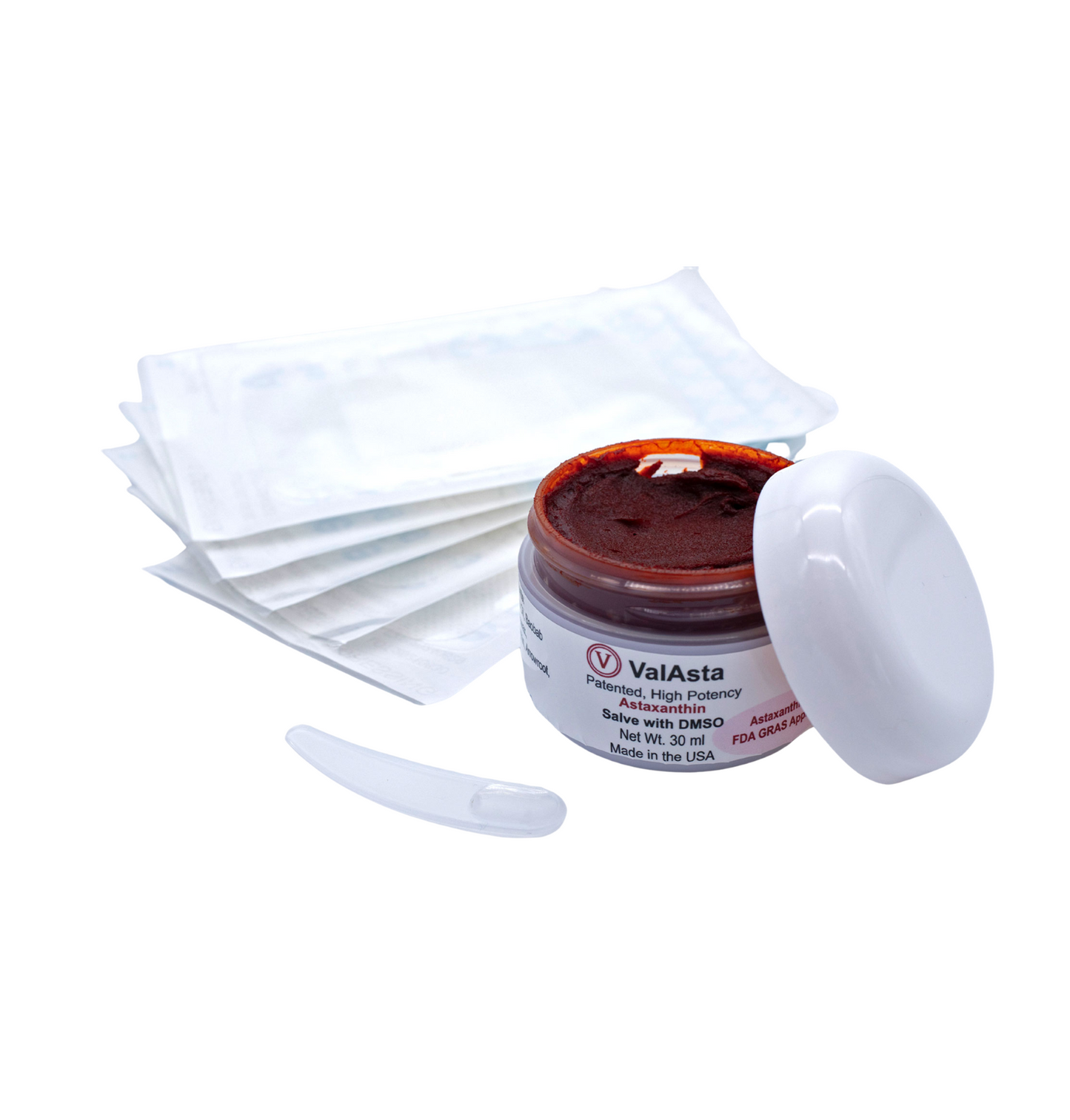
The American Cancer Society’s estimates for brain and spinal cord tumors in the United States for 2020 include both adults and children. About 23,890 malignant tumors of the brain or spinal cord (13,590 in males and 10,300 in females) will be diagnosed.
The following symptoms are most common:
- Headache
- Weakness
- Clumsiness
- Difficulty walking
- Seizures
Other nonspecific symptoms and signs include the following:
- Altered mental status -- changes in concentration, memory, attention, or alertness
- Nausea, vomiting
- Abnormalities in vision
- Difficulty with speech Gradual changes in intellectual capacity or emotional response
In this link to the 2020 book, Frontiers in Soil and Environmental Microbiology edited by Suraja Kumar Nayak, Bibhuti Bhusan Mishra . You will find in the section Microalgae: A Potential Anti-Cancerous and Anti-Inflammatory Agent by SM Samantaray, P Majhi, J Dash – discussion on prevention of cancers.
Cancer is still regarded as an incurable disease. Increasing pollution, lifestyle, malnutrition, and various other environmental issues are the major incidences causing cancer. The chemotherapeutic agents and radiation therapy that are used for cancer treatment have several side-effects. Natural anti-cancer agents derived from algae can have few or no side-effects. Therefore, prevention of cancers with natural bioactive compounds has become a new arena of research. Astaxanthin and other algal products show anticancer and anti-inflammatory properties.
Click here to read the above-mentioned article
Astaxanthin is one of the most successful carotenoids on the market since many studies in recent years have demonstrated its inhibitory role against oxidative stress and inflammation, dangerous processes at the basis of many chronic diseases. Moreover, astaxanthin exerts a strong protective effect on human brain; its unique chemical structure allows it to readily cross the blood-brain barrier. Thus, the brain is considered the most important target organ of astaxanthin.
Click here to read Sam Shepherd's article on Astaxanthin and Cancer

